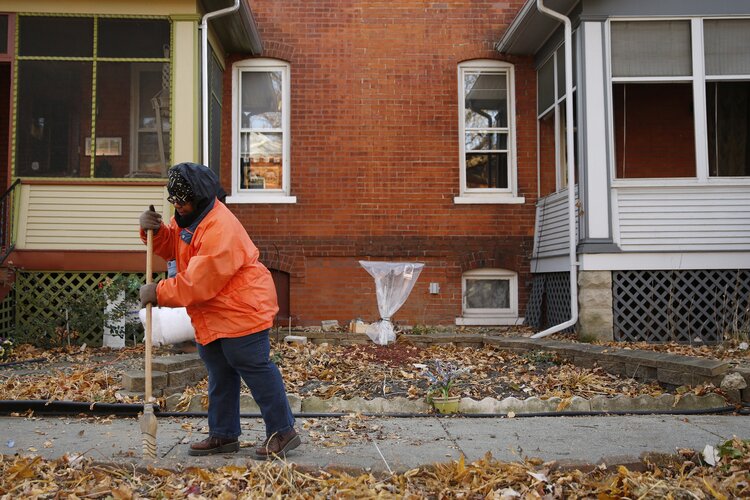By CultureBanx Team
- Redlining neighborhoods has contributed to the widening racial wealth gap
- In Cleveland, Baltimore and Philadelphia homeownership has declined 11%, 7% and 3% respectively, in large part due to redlining
Redlining, racial housing covenants, predatory lending, and neighborhood destroying highway construction have all contributed to a wealth gap in which white families have roughly 10 times the net worth of the average Black family. Land ownership is the primary source of wealth and means of accessing capital in America. So, will the real estate industry ever address its role in the racial wealth gap?
Why This Matters: For over a century, the real estate industry has implicated itself deeply in white supremacy by backing and profiting from racist practices that created and still sustain the nation’s unequal land and home ownership. In the past 20 years there has been a catastrophic loss of homeownership in key cities that have large shares of Black homeowners. In Cleveland that’s 53% Black, Baltimore that’s 63% Black, and Philadelphia that’s 44% Black, homeownership has declined 11%, 7% and 3% respectively, and in large part due to redlining, according to Brookings.
Simply put, redlining and other housing policies continue to undermine the accumulation of Black wealth
Government housing policies such as redlining, have had lasting effects, from concentrating poverty, to stifling African American homeownership. Even Atlanta Federal Reserve President Raphael Bostic has called out things like the impact of long-outlawed policies including how “redlining” Blacks out of white neighborhoods continues to influence the ability of minority families to amass wealth. Simply put, redlining and other housing policies continue to undermine the accumulation of Black wealth.
Situational Awareness: Here’s a quick history on the origins of redlining: After the stock market crash of 1929, U.S. unemployment rates were as high as 20%. The Federal government stepped in, providing bonds for homeowners to refinance their mortgages and stimulate the economy as part of the New Deal, but these programs were no deal for African Americans. The government drew boundaries between neighborhoods that were eligible and ineligible for the new loans. This process, known as redlining, excluded Blacks and endorsed housing segregation, labeling communities of color as risky and perpetuating neighborhoods.
CBx Vibe: “Fed Up” DJ Khaled









